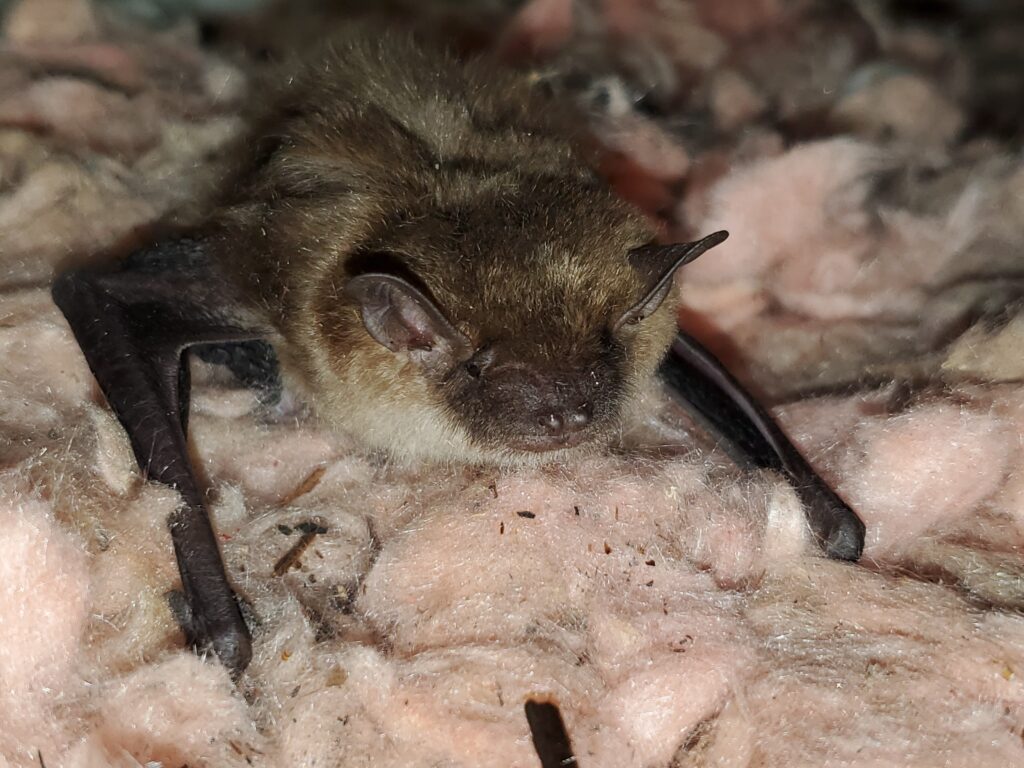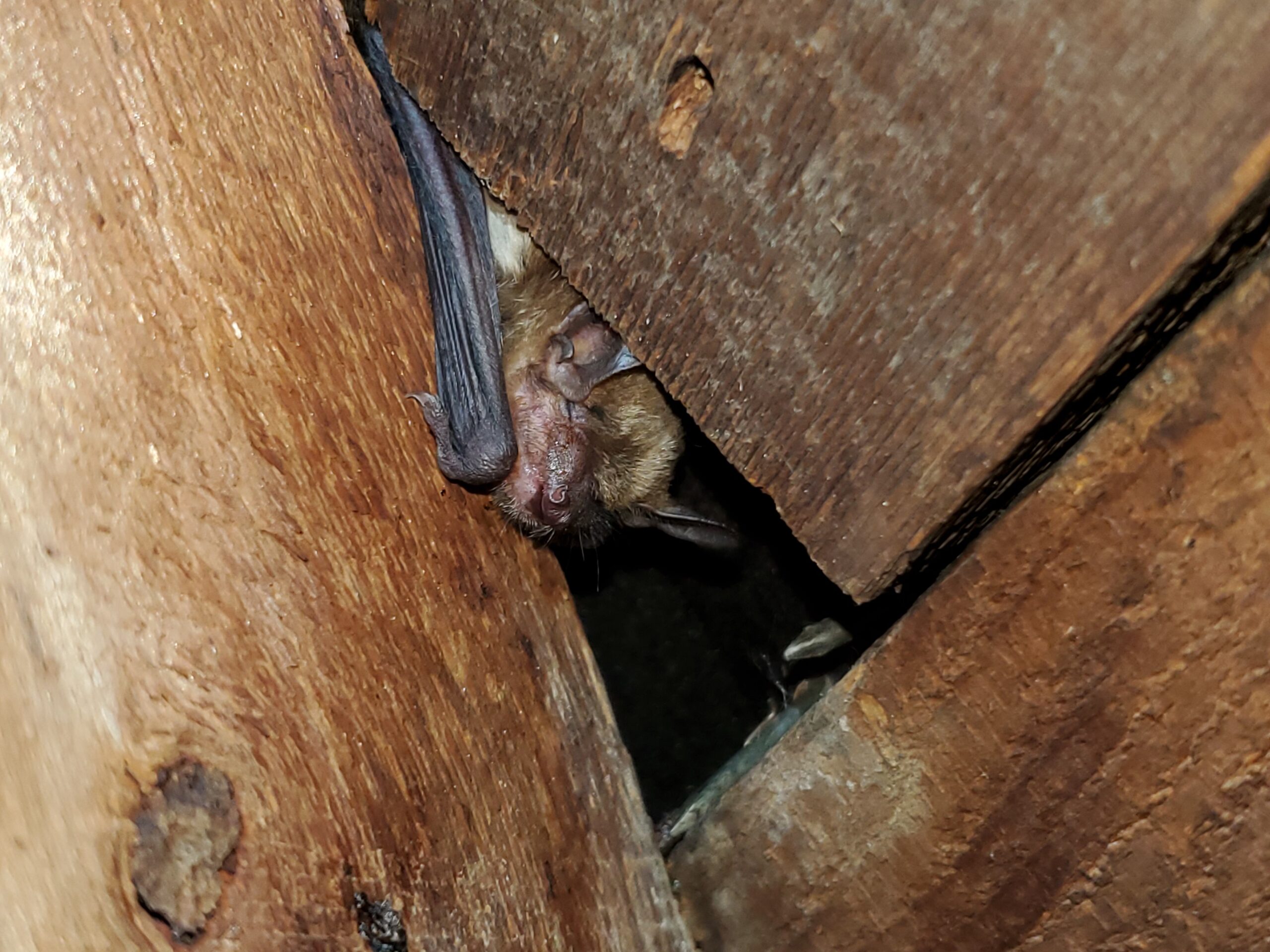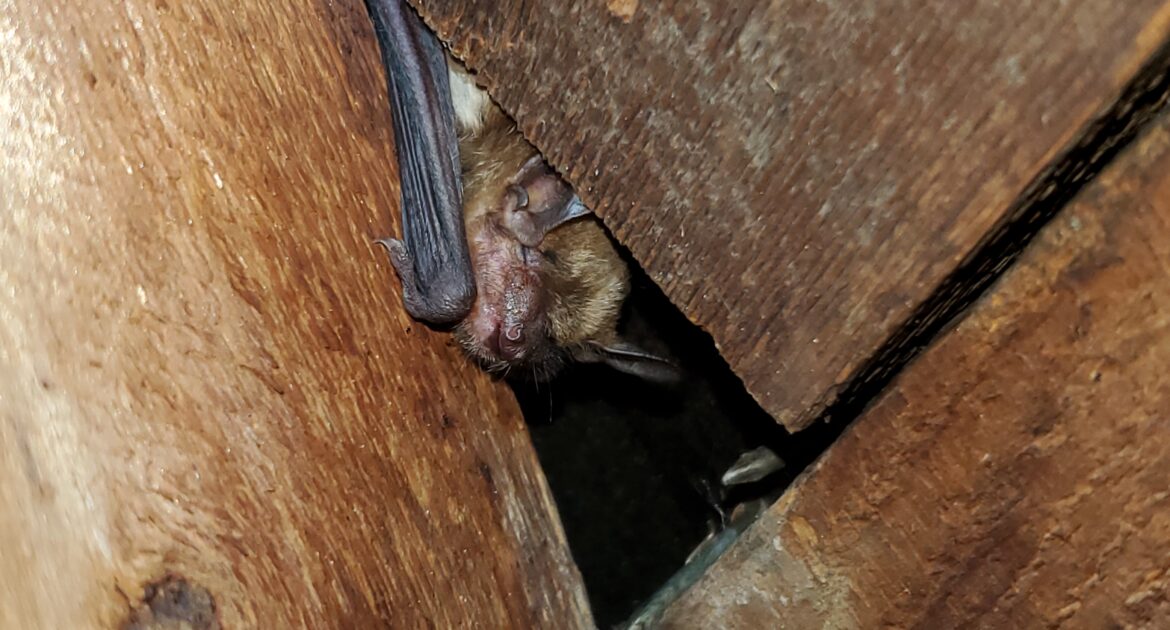If a bat decides to roost in your home, humane bat removal is the best thing to do for both you and the bats themselves. Bats do much more good for people than harm, and since they are also threatened, they deserve respect and consideration.
Not only that, but bats are fascinating creatures with some really impressive adaptations. For example, have you ever wondered how bats can find food while flying around at night? It turns out that nature has equipped bats with a special tool to help them navigate in the dark and locate their prey. It is called echolocation.
What Is Echolocation and How Does It Work?
If you know anything about how sonar works, you have an idea of how bats use echolocation. Bats can contract their voice boxes to produce very high-pitched sounds. In most cases, the sounds are so high that they are ultrasonic, meaning that they are above the normal hearing range for a human. The human ear can perceive sounds up to 20,000 Hertz. Some bat calls on the low end of the spectrum are only 15,000 Hertz, meaning that they are within a human’s normal hearing range. However, bat calls can reach frequencies of up to 150,000 Hertz, meaning that they are too high for humans to hear.
When a bat emits calls, the sound waves bounce off objects in the air, such as insects that the bat uses for food. The reflected sound waves come back to the bat in the form of an echo. Bat species have different call patterns, and each individual bat has its own distinctive call. A bat’s ears are finely tuned to recognize its own reflected sound waves. In fact, the entire morphology of a bat’s face is designed for optimal echolocation reception. As a result, a bat can tell the size of an object and its distance from the reflected sound.
Bats make intermittent calls when searching for food. Once they locate it, they can produce a series of pulses in short succession called a feeding buzz. This allows them to pinpoint the prey’s exact location so they can find and catch it.
Echolocation also helps bats to navigate in the dark by identifying obstacles in their path. Bats also use it to communicate with one another, and the calls used for socializing are different from those used to find food or for navigation.

Why Do Bats Use Echolocation?
Despite the old wives’ tale, it is not true that bats are blind. Their eyesight is actually about a good as a human’s. However, bats are typically active after dark. If they had to rely on their eyesight to fly around and find food at night, they would have a much more difficult time.
Echolocation is extremely sensitive and can provide a bat with much more information than it could receive visually after sundown. Even in complete darkness, a bat can detect an object no wider than a human hair from 30 feet away. They can determine whether the object in their path is an insect that they can eat or an obstacle that they need to fly around. This allows them to navigate in the dark without bumping into anything and injuring themselves.
Why Do Bats Nest in Attics?
Bats look for warm, safe places to nest that are close to food and water. Some are attracted to wood framing in attics that resembles trees. Bats can make a mess of the attic and inadvertently expose you to diseases. Therefore, if you find bats in your home, you should call Skedaddle immediately for wildlife control in Milwaukee. We will assess the situation and make a plan to remove the bats from your home as soon as possible.




